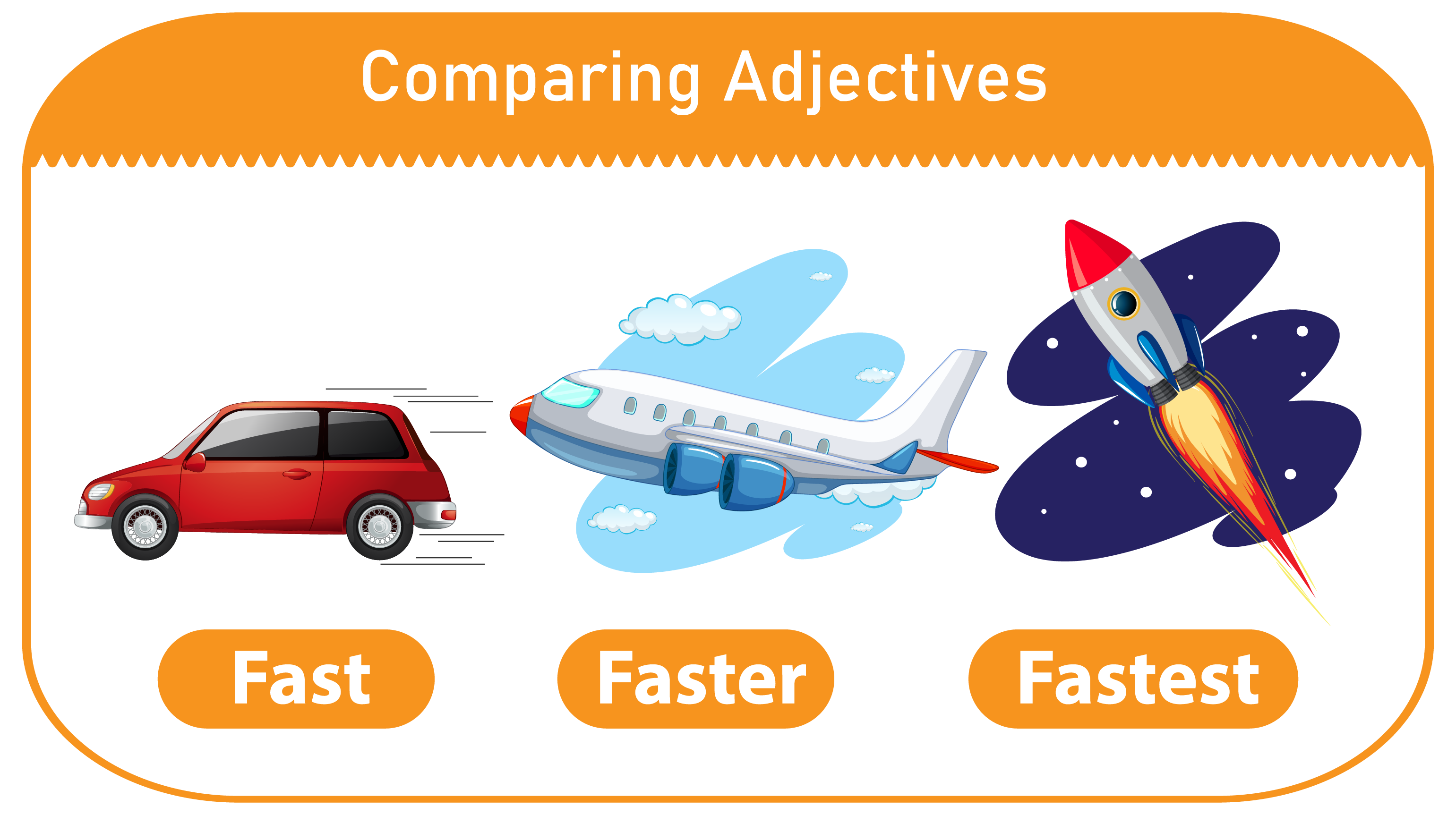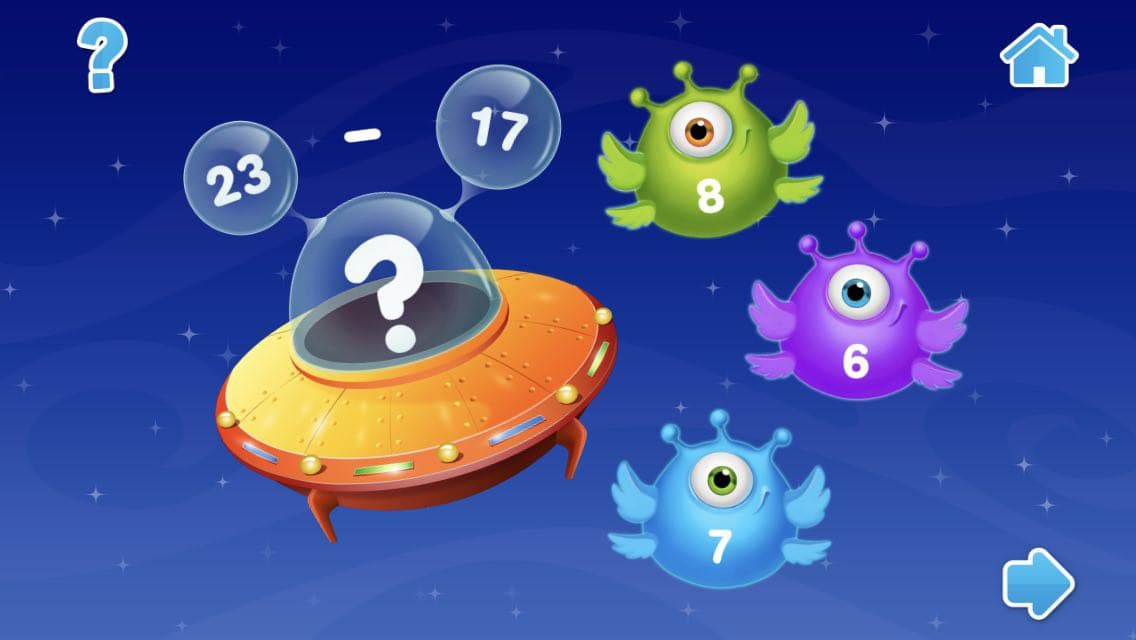Teaching Kids about Diversity and Acceptance
Jan. 13, 2021
As babies are born into this world, it’s easy to forget that one day very soon, they’ll join the larger social community around us. Even as toddlers begin preschool, kids are out in the world and interacting with many different people. For some of us, the communities in which we live are rather consistent while others live in more diverse areas, with a mixture of colors and cultures. Regardless of the area of the country we’re raised, it’s important to instill a sense of acceptance and tolerance within our children. Let’s take an in-depth look at the importance of teaching kids about diversity before exploring ways to address it with young children.

We often think of children to be innocent, and indeed they are, as kids aren’t born judging others by the color of their skin. While it’s true that children are colorblind to race, it’s only inevitable that they will one day witness or experience racial prejudice in some form. The early elementary years might seem awfully early to introduce heavy topics like racism or prejudice, but it’s easier for little learners to understand when they learn that America wasn’t always as they know it now.
Why Should Kids Learn About Equal Rights?
After kids leave toddlerhood behind, it’s tempting to think that kids can be kept innocent and protected for as long as possible. However, once kids learn language well enough to communicate back and forth with others, they begin interacting with many people outside their immediate family and learn more about the wider world around them.
Learning about civil rights is crucial because it teaches kids how they can expect to be treated by others, as well as how they themselves should treat people. Teaching these sensitive topics at home starting from an early age creates a safe space to discuss and explore ideas, and for young people to form early pro-social opinions and values.

Of course, the primary purpose of teaching and learning about history is to ensure that the more negative aspects of our past do not recur in the future. This is why it’s important to teach young learners the basics surrounding America’s past, and the civil rights movement. When kids learn the issues that Americans faced when their grandparents were young, kids can more easily grasp why it’s important to treat other humans equally, no matter the color of their skin or ethnic background.
In the end, it’s all about teaching kids to be kind and accept others, even those who are different from them. This helps kids to learn empathy and could motivate them to take action and inspire others within their own schools or communities. As a parent, you can be confident that you are doing your best to raise socially tolerant and empathetic individuals that will change society for the better.
Looking for even more lessons on diversity, civics and social studies? Check out our summer camp for Pre-K through 3rd grade, now live on the Talented and Gifted app! Don't miss a chance to prevent learning loss and sharpen your kids' skills for the next grade. Enroll today!
Ways to Address Diversity and Acceptance at Home and in the Classroom
Learning and discussing history is important for teaching kids about diversity and acceptance, but there are a plethora of ways and activities to address it both at home and in school. Try some of the following ideas to promote the idea of tolerance and a respect for human rights:
Model culturally responsive behavior and responsibility
As a parent and/or a teacher, you are the ultimate role model for your child or students. Believe it or not, kids look to their parents and teachers to learn how they should be treated, as well as how to treat others. The single most important thing you can do to raise socially tolerant and kind individuals is to model the behavior and actions you would like to see from your children. Monitor language and conversations, and openly discuss issues in a way respectfully and in a way that validates other people’s cultural identities.
Choose learning materials for your child or students that are inclusive of different cultures
Diversity books for kids are a great way to introduce a concept that might seem foreign to little learners, especially if his or her own community is fairly homogenous. Incorporate texts that pinpoint the issues that others face because of their race or ethnicity, and use this to teach understanding and empathy.
Additionally, find culturally aware lessons in videos that can help break down this difficult-to-understand concept for young minds. Showing a video that is tailor-made for early learners can help kids understand the concepts of diversity and acceptance in an age-appropriate way. For instance, Kids Academy offers an incredible video that teaches kids about the Civil Rights Movement that helps break down these complex ideas for children.
Teach your child about their own culture and how they differ from others
Some families in America have been in the states for many generations and are far removed from their ancestors in their countries of origin. Further, many families represent a mixture of different ethnicities and backgrounds. Celebrate your family’s ancestors and the current traditions in place by teaching your child about their own background. The first place to start is to teach your child about his or her own culture, identity, and traditions, and explore ways in which your family is different from others. Then, branch out and discuss how your culture is different from others in your same community or country, and bolster the concept of respecting others even if their culture is different.
Inspire your child to strive to make a different in his or her own community
Of course, one of the best ways to instill a sense of empathy for others who are different is to inspire kids to get out in their community to make a difference. Encourage your child or students to become activists by supporting and fighting for what they believe. Teach your child to stand up to bullies and take appropriate action if they are a witness to something bad in their school or community, instead of merely becoming a bystander. Have an open conversation about addressing issues within your community, and those that are affecting the country at any given time. By raising a socially aware child, parents can promote social acceptance and change.
Teach kids about different cultures found around the country and celebrate them
Learn more about your child’s classmates, friends, or explore different cultures that reside within your own community and celebrate those cultures by studying them. Discuss what makes them different, and emphasize that the respect and tolerance kids should have for people who are different from them. Explore the diversity that exists in the country, and help your child discover and appreciate the differences found across the US.
Famous Civil Rights Activists Kids Should Know
As mentioned above, kids can understand the concept of treating others equally if they learn that America wasn’t always as tolerant as it is today. Alongside addressing the concepts of equality and acceptance, it’s critical that students explore America’s past. To get started, be sure to start with the following famous African American civil rights activists:
Rosa Parks
Rosa Parks is an inspiration for children, who can easily relate to her plight on the bus where she refused to give up her seat to a white rider. Who hasn’t been bullied into giving up something that they wanted? Rosa Parks was simply tired of giving in, and her subsequent arrest helped lead to the Montgomery bus boycott. Kids are easily inspired by Rosa Parks’ simple refusal to give up her seat, and the situation is easily understood by the youngest of children. Because of her huge impact in the Civil Rights Movement through such a simple act, it’s crucial that all kids learn about her contribution to the era.
Martin Luther King Jr.
Martin Luther King Jr. was truly a leader in his time, spreading the notion of his dream in which his own children can one day be judged upon their character instead of the color of their skin. Martin Luther King Jr.’s nonviolent approach to protests helped bring about change in the United States. Because of his contributions towards equal rights in America, it’s obvious that teaching about MLK Jr. should be a staple in every classroom across the country.
Booker T. Washington
Born a slave, Booker T. Washington went on to contribute to become highly educated, eventually serving as an advisor to American presidents Theodore Roosevelt and William Taft. Washington’s life story from slavery to success is an uplifting lesson for kids as they learn about his accomplishments and contributions to African American life in the early 1900’s. Teaching kids about Booker T. Washington can show students the reality of life before the Civil Rights Movement to put more context behind the causes that fueled the era.
Teaching kids about diversity can at first seem like a daunting task. It’s natural to want to protect children from the horrors of our world, but kids must understand history and the issues our country faces, both past and present, to grow up to be empathetic and caring individuals in our society. By teaching kids the importance of equality and acceptance, we can ensure that our future is better than our past.











